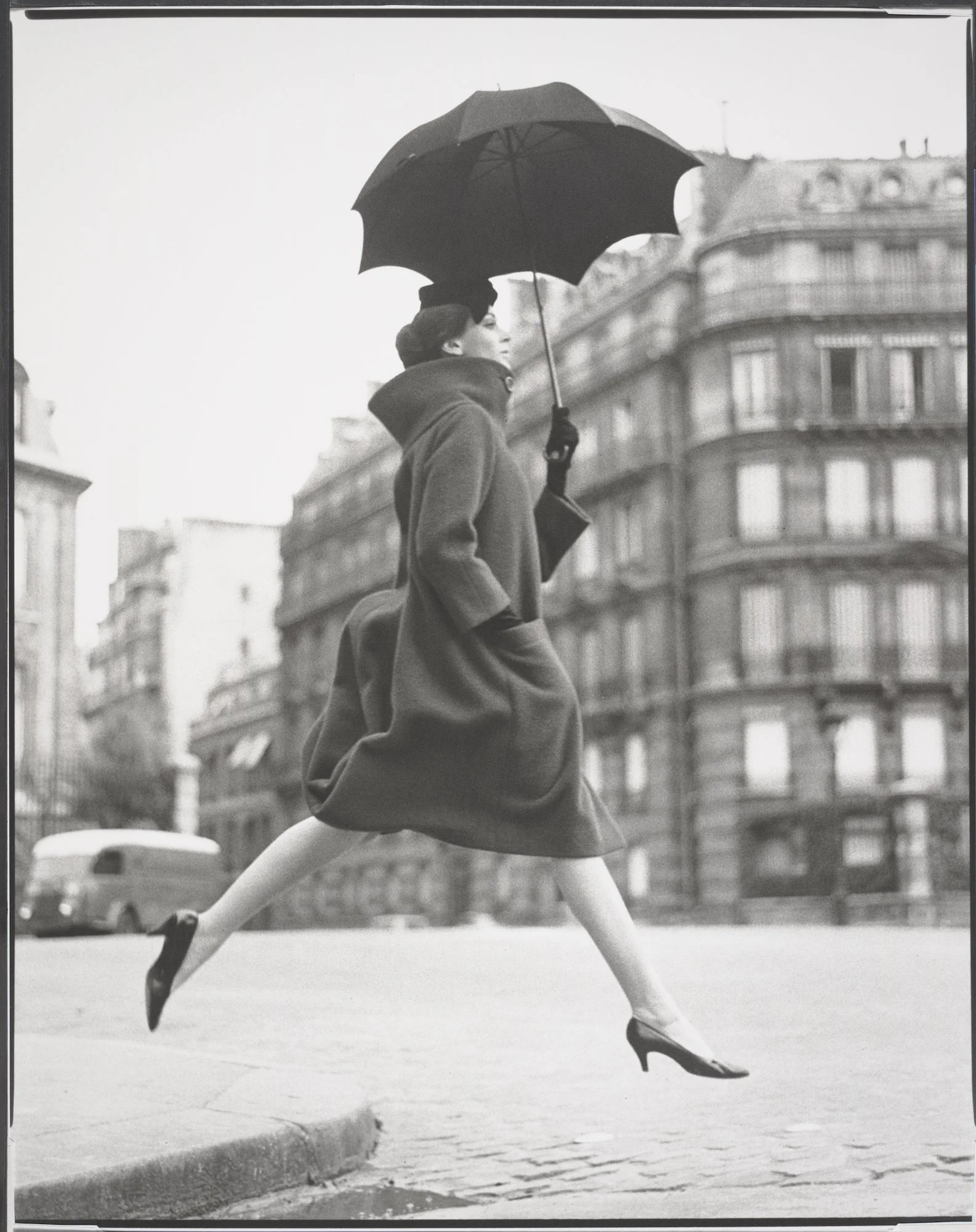Book Review: Body
Cover, Courtesy Thames & Hudson
By Anita Sheih
Art historian and curator Nathalie Herschdorfer’s comprehensive collection of 369 stunning photographs taken by over 175 accomplished photographers, Body: The Photography Book, investigates the subject of the human body through the lens of contemporary photography. A cursory flip through the book is almost impossible, as every page is worthy of further investigation. With an astute understanding of the body as a physical, performative, malleable, glorified, vulnerable, and emotional entity, Herschdorfer adds a new angle to the collection’s narrative of the body with every chapter of carefully selected and arranged photographs.
The first section, “Physique,” explores the idea that the body is life, that existence is first and foremost manifested in the physical. The photographs in this section feature palettes of skin tones, isolated body parts, portraits of athletes, scientific images of fetuses, muscles, tissue, and more. In Sean Lee’s Plain (2013), the close-up photograph of hair strands may seem at first glance like a romantic scene of grass swaying in a gentle breeze. But when placed in context with the surrounding photographs of skin, hair, limbs, and people at different stages and moments of life, this image and the others in the section create a meticulous photographic study of the body’s physicality.
Sean Lee, Plain, 2013. © Sean Lee
The second section, “Alter Ego,” examines the body in performance, on display for an audience of societal expectations disseminated through social and technological networks. This section features selfies, self-portraits, reflections, mannequins, and naked couples in an investigation of the body’s duality in its existence and its image, as perceived by self or others.
The “Constructions” section investigates the ways people care for and pay for their bodies in the current consumer culture. Images of tanning, skincare, exercise, surgical tools, tattoos, and more—such as Erwin Olaf’s Cindy C., 78, from the series “Mature” (1999), which features an aged woman in Chanel undergarments, high heels, a string of pearls, curled hair, and a full face of makeup posed on a stationary bicycle—depict the body as a costly construction.
Nicolas Garner, Genesis 1:27, 2017. © ECAL/Nicolas Garner
Taking it a step further, the “Mutations” section considers the ways in which people change, challenge, and take charge of their humanity, often through technology. Blurring the lines between fact and fiction, these enhanced images of bodies and modification create an uncanny and powerful effect. Nicolas Garner’s Genesis 1:27 (2017), a close-up image of a man’s face, features an illuminated, digitally altered eye looking upwards. This photograph’s namesake references the line of the Bible in which God creates man in his own image, and the artist’s statement explains how the digital enhancements of the photo relate it to how people today create online avatars in their own images.
Elina Brotherus, Nu endormi [Sleeping Nude], from the series "The New Painting," 2003. © Elina Brotherus. Courtesy of the artist and gb agency, Paris
The next section, “Celebration,” returns to photography’s origins as a means to idolize and preserve the beautiful—often through the objectification of nude female bodies, taken by and for the male gaze. Taking a modern approach to this old photographic tradition, Elina Brotherus’s Nu endormi [Sleeping Nude], from the series “The New Painting” (2003), features a naked young woman fast asleep on a bed of petite yellow flowers against an open expanse of lush rolling hills in a bucolic paradise. The “Celebration” section also includes images of male beauty, extolled for strength and physical prowess, such as in Herb Ritts’s Vogue France (January 2000).
These photographs of the ideal are followed by contrasting images of harsh reality—human vulnerability, suffering, and weakness. The bodies featured in the penultimate “Flesh” section carry marks, scars, rolls, wrinkles, stains, veins, wounds, and other signs of life, of hardship, pain, and survival. Susan Copen Oken’s striking photograph, The Last Decade (2004), depicts the wrinkled and warped back of an aged individual, who may be slowly moving and fading away or bravely facing the oncoming battles of life head-on.
Susan Copen Oken, The Last Decade, 2004. © Susan Copen Oken
The final section of the book, “Love,” hints at the reason humans endure such hardship and pain through illustrations of sexuality, intimacy, and care. This section’s visual exploration of pleasure, sex, obscenity, seduction, and love culminate in a parting quote from Walt Whitman’s poem “I Sing the Body Electric,” which reads, “If anything is sacred, the human body is sacred.”
This seems to be the ultimate message of Herschdorfer’s photographic survey, which examines the body in whole, in parts, in identity, anonymity, isolation, interaction, perfection, vulnerability, modification, and today’s society. Herschdorfer’s selection of photographs reframes and decontextualizes the body, transforming it from a basic object of life to a subject worthy of investigation, perhaps redefining the viewer’s own definition of and relationship to body along the way.
Ina Jang, Watermelon, 2016. © Ina Jang. Courtesy Christophe Guye Gallery, Zurich






![Elina Brotherus, Nu endormi [Sleeping Nude], from the series "The New Painting," 2003. © Elina Brotherus. Courtesy of the artist and gb agency, Paris](https://images.squarespace-cdn.com/content/v1/5702ab9d746fb9634796c9f9/1561058434773-O2O4Q31Z9P4VAJ9RZ7IF/Body+254-255.jpg)






